Three months have passed since I reported on “Ramadan and Dates” here in Malaysia. Since then, I gave birth to my son in Kuala Lumpur in August and so the topic this time is an episode from my experience.
Where should I give birth, Japan or Malaysia?
My decision to give birth in a foreign country was made with a certain amount of anxiety. But the reason I chose to give birth in Kuala Lumpur was because the closest hospital, located just five minutes from my house, offered the option of a painless delivery using an epidural which could be provided at anytime during a 24-hour period.
My first son, who is now three years old, was born in Tokyo by an elective induction with an epidural. For the birth of my second son, however, I wanted to wait for labor to begin naturally and have the delivery under epidural anesthesia, because an easy delivery and quick recovery were the big advantages of a painless delivery last time. This is not such a straight forward request in Tokyo, however, where there is a shortage of anesthesiologists in hospitals, so epidurals cannot be provided on demand.
General hospitals in Malaysia are different from those in Japan. In Malaysia, each OB/GYN holds their clinic in a general hospital and a patient chooses their doctor in advance. The same doctor sees the patient from pregnancy checkups to delivery. I think this system is easier for building a feeling of trust.
For every meal there is a choice of Asian, Western and vegetarian food, and a special menu for mothers following the birth. This is the moment that I missed Japanese food… This is a typical Malay breakfast, Nasi Lemak
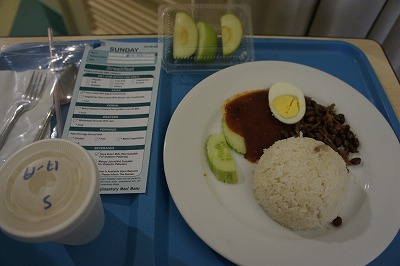
How to provide 24-hour anesthetic treatment?
At 39 weeks, I started experiencing contractions and went to hospital around 9:00 pm. At midnight, after waiting for two hours with increasingly painful contractions, an Indian man wearing casual clothes suddenly appeared. Yes, this is the anesthesiologist I was waiting for! I was not able to reply to his introduction at this stage, and he began the anesthetic treatment immediately. Fortunately, the pain subsided after about 10 minutes.
I originally thought that anesthesiologists were in the hospital around the clock, however it turns out that they are called in as the need arises (I advise putting a request in early on in your labor though). Surely this system is a good option for maternity hospitals in Japan?
Bringing the placenta home?
My ideal birth was made possible because of advanced medical technology and facilities.
What was particularly memorable was to be shown my raw placenta and asked if I would like to take it home! According to one midwife, Malay families often take placentas home, wash them with salt and bury them under a tree in the garden.
I stayed in the labor delivery room (LDR) for a while because of a high fever following the birth, and I was simply amazed when a midwife came to see me not to ask about my condition, but about the placenta! I am not sure whether it is true or not, but I have heard that the custom is to eat it.
A comfortable and well-equipped LDR

Reported by Makiko Wada, Sugahara Institute



 These results are published in the journal Nature Communications, on 25 October 2013.
These results are published in the journal Nature Communications, on 25 October 2013.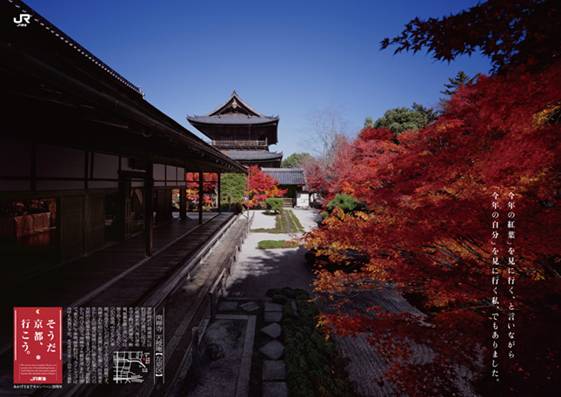
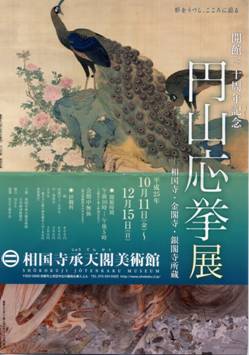
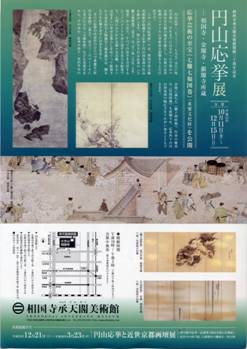

 CORVALLIS, Ore. – A new review suggests that omega-3 fatty acids taken in excess could have unintended health consequences in certain situations, and that dietary standards based on the best available evidence need to be established.
CORVALLIS, Ore. – A new review suggests that omega-3 fatty acids taken in excess could have unintended health consequences in certain situations, and that dietary standards based on the best available evidence need to be established. US food safety officials have taken steps to ban the use of trans fats, saying they are a threat to health.
US food safety officials have taken steps to ban the use of trans fats, saying they are a threat to health.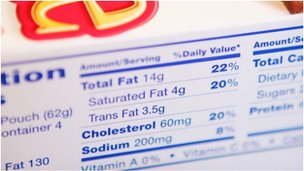 Some processed baked goods such as cakes, cookies, pies
Some processed baked goods such as cakes, cookies, pies



